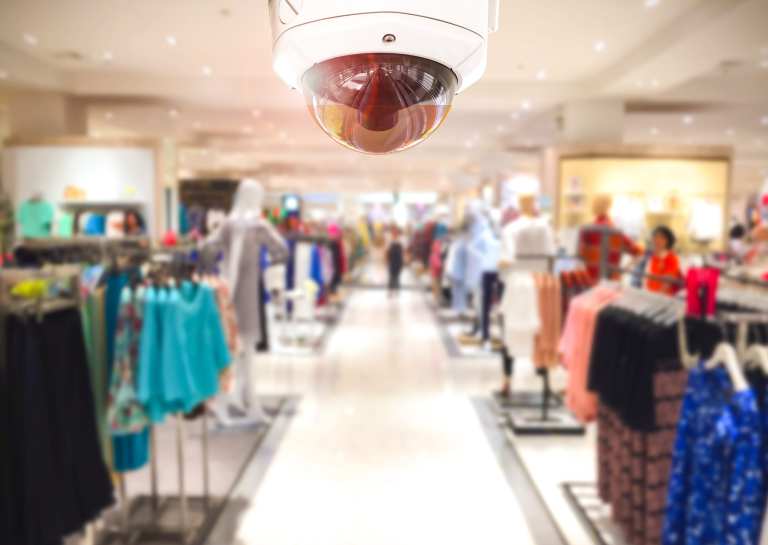Smile! Retailers Want To Take More Of Your Pictures

Make sure you give your best smile when you are shopping in 2020. That’s because cameras are playing a much bigger role in retail, a trend that will keep gaining steam in the new decade.
The Associated Press reports that cameras are, at least somewhat quietly, making inroads into a number of retail outlets in a bid to, well, get to know you. In essence, they would target you through demographics spanning age and gender.
The goal, then, is not to see who might be stealing, but to draw a bead on who might be buying, as the AP noted, and then send ads in real time as consumers ostensibly mull what will go into the basket. The end result is that retailers at physical and brick-and-mortar locations would have the same insight and flexible ads (in terms of targeting) that are seen across online platforms, as has been a hallmark at Amazon. The cameras themselves, said the newswire, are penny-sized, and the concept of the smart shelves raises the specter of just what is private — and what is not.
By way of example, at the National Retail Federation trade show in New York earlier this year, Mood Media showed off its smart shelves that aim to detect the moods of passersby. Separately, Cineplex Digital Media featured video screens that can map out if observers are wearing beards or glasses, with the goal of selling new glasses or beard accoutrements to them. Those screens can also target ads to people at drive-thrus and other points of shopping interaction.
But despite the perceived potential for tailored interactions, discounts and special offers, “the creepy factor here is definitely a 10 out of 10,” Pam Dixon, executive director of the World Privacy Forum (a nonprofit that researches privacy issues), told the newswire.
Fast Food Picture
That’s not all.
Another development comes from the drive-thru lanes of the fast-food industry, according to the Financial Times. It reported that “fast-food chains are looking to deploy cameras that recognize license plates in order to identify customers, personalize digital menus and speed up sales.” The general idea, of course, it to further personalize the consumer experience and also save customers the trouble of pulling out credit cards or phones to make purchases.
Starbucks, whose use of mobile commerce technology is the source of envy and imitation in the quick-service restaurant (QSR) and even wider retail world, is also involved in this trend. The report stated that the coffee chain has “began trialing such a system in Korea last year, with customers who preregistered their cars, but restaurants in the U.S. are now looking to follow suit.”
Using cameras and software to recognize license plates is nothing new, of course. Police have used such a process for some 40 years, according to various accounts. But recent changes have sparked even more interest and innovation from commerce operators. As the newspaper put it, “as the cost of the software, and of high-quality internet-connected cameras, has come down, the uses of [license plate recognition] have grown.”
Security Cameras
Security cameras are another area of innovation.
“We learned that most of retail [had] these [closed-circuit television (CCTV)] cameras that were terrifically underutilized, and they all suffered from a lack of insight on the floor,” said Aura Vision CEO Daniel Martinho-Corbishley in a PYMNTS interview. After all, brick-and-mortar players often deal with some minimal data sets — how many customers came into a location, what sales and leading items turned out to be. This data certainly isn’t nothing, but it pales in comparison to the data troves that digital retailers have.
Martinho-Corbishley’s PhD was in computer science, specifically computer visioning. When he looked at those languishing CCTV cameras, he realized that retail already (mostly) had the main piece of hardware it needed to start pulling better insights from the floor. It just needed software that could take in all that visual data and turn it into useful, actionable demographic data for retailers. Thus, the idea for Aura Vision was born.
Simply explained, Aura Vision software plugs into a store’s existing camera system — the whole integration takes about 15 minutes, according to Martinho-Corbishley. The camera continues to do what it has always done: take in and stream video. The software takes a copy of that stream, processes the visuals with machine learning and spits back anonymized, actionable data. To make sure that data is anonymized, it is always aggregated into 15-minute blocks.
Figure on many other such moves in 2020.